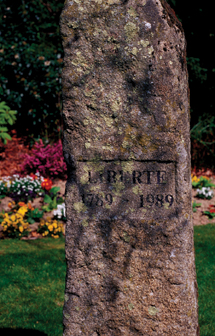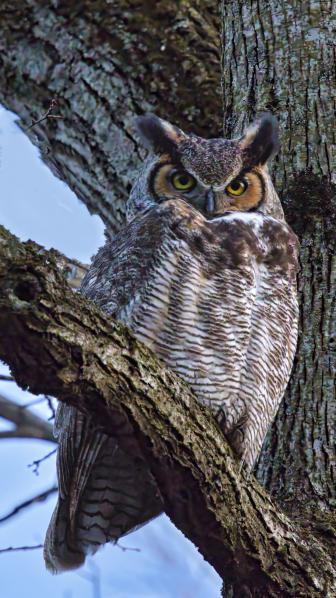Leica’s Summicron 75mm f/2; Is This The Ultimate Street Lens? Page 2
As for film vs. digital, the low-light clincher as far as I am concerned is that all the digital sensors I have used stop at ISO 1600 or less. I can push Fuji RSP slide film to EI 2500 or even 3200. In black and white, I normally rate Ilford Delta 3200 at 3200 but I have been known to push it to 12,500. Not much competition there!
 |
|
|
Is there anything I didn't like about the 75mm Summicron? Well, nothing
is quite perfect, and there were a couple of nits to pick. One was that I found
the focusing a bit "quick." This is a matter of taste, but I'd
have preferred a few more degrees on the focusing mount, 140 or even 180 instead
of 120. The other is that if you leave a filter on the lens, it looks a bit
awkward with the hood retracted behind it. But I've lived with the same
problem on my 90mm f/2 Summicron for 20 years or more.
My biggest problem, which took a couple of rolls of film to resolve, wasn't
with the lens, but with the camera's viewfinder. Leicas since the M4-P
usually display six frames in three pairs, 28/90, 50/75, and 35/135. The same
frames, incidentally, can be retro-fitted to all earlier M-series except the
M3 and original MP (the M3-derived version, not the current one).
The 35/135 pairing is an historical accident: the M2 has 35 but no 135, while
the M3 has 135 but no 35, so the same actuator was originally used to call up
either frame. In the M4 (1967) it calls up both together. The M4-P ('80)
squeezed in a 28mm frame as well, and added the 75mm. These had to be paired
with the remaining frames, 50 and 90, so the choice was 28/50 and 75/90 or 28/90
and 50/75. Both 50/75 and 75/90 are uncomfortably close together, and Leica
plumped for the former, with the 50 as a full brightline frame minus the corners
and the 75 as a partial frame with corners and indicator marks.
 |
|
|
At first, I found the 75mm frame hard to use, though I suspect that this is
because I have to a large extent been ignoring it for the last 20-odd years,
initially in my M4-P and now in my MP. But really, after a couple of rolls,
it wasn't a problem.
As you might guess, I am very, very impressed with this lens. If I didn't
already have the 90mm f/2 Summicron I'd be even more tempted, and unlike
the 75mm f/1.4 Summilux, which is likely to remain forever out of my reach financially,
I could just about scrape up the price of a 75mm f/2 Summicron.
If I were just starting to build up a Leica outfit, I think I might very well
be inclined to go for a 35mm f/1.4 or 35mm f/2 first and then make the 75mm
f/2 my second lens, missing out on 50mm altogether. The third would probably
be a 21mm, and only as a fourth lens would I consider either the 50mm or the
90mm. This is a pretty impressive revision of my previous set of priorities,
and a tribute to this unbelievably good lens.
Specifications And Dimensions
· Seven glasses, five groups, one aspheric surface, rear group (two-glass)
"floating" (separation varies with focusing distance). Apertures
f/2-f/16, equidistant, 1/2-stop click stops, nine-blade diaphragm.
· Combined feet-meter scale. Depth of field scale marked for f/4, f/8,
f/11, f/16. Focusing collar rotates approximately 120Þ from infinity to
just under 0.7 m, 27".
· Overall length without caps 82mm (3.23"); projects 75mm from
the camera body. Maximum diameter: 59.5mm (2.34") at aperture ring. Weight:
430 g (15.14 oz). Filter/lens cap E49. Hood built-in.
· Price: $2950
For more information, contact Leica Camera Inc., 1 Pearl Ct., Unit A, Allendale,
NJ 07401; (800) 222-0118, (201) 995-0051; www.leica-camera.com.
- Log in or register to post comments

































